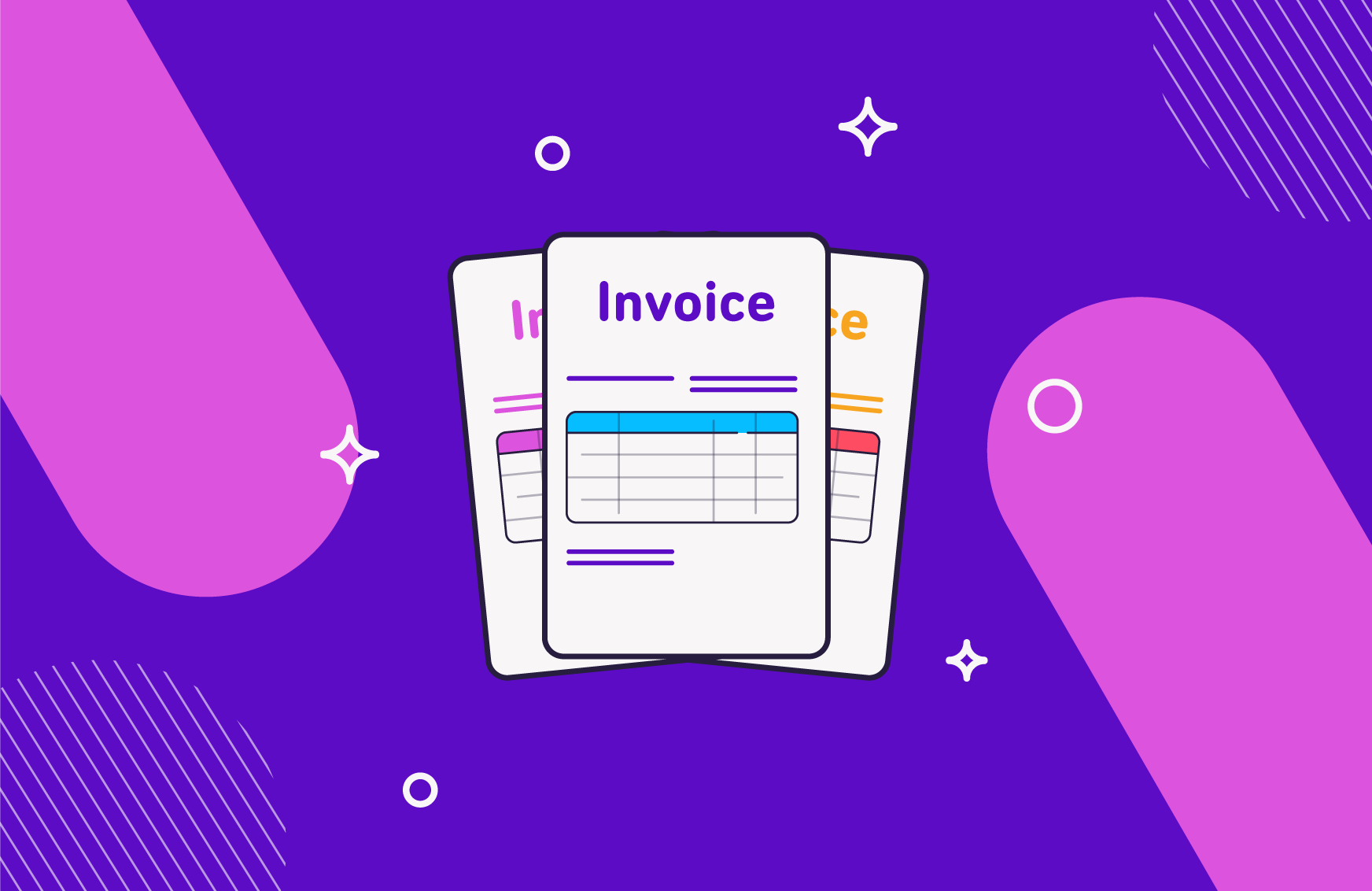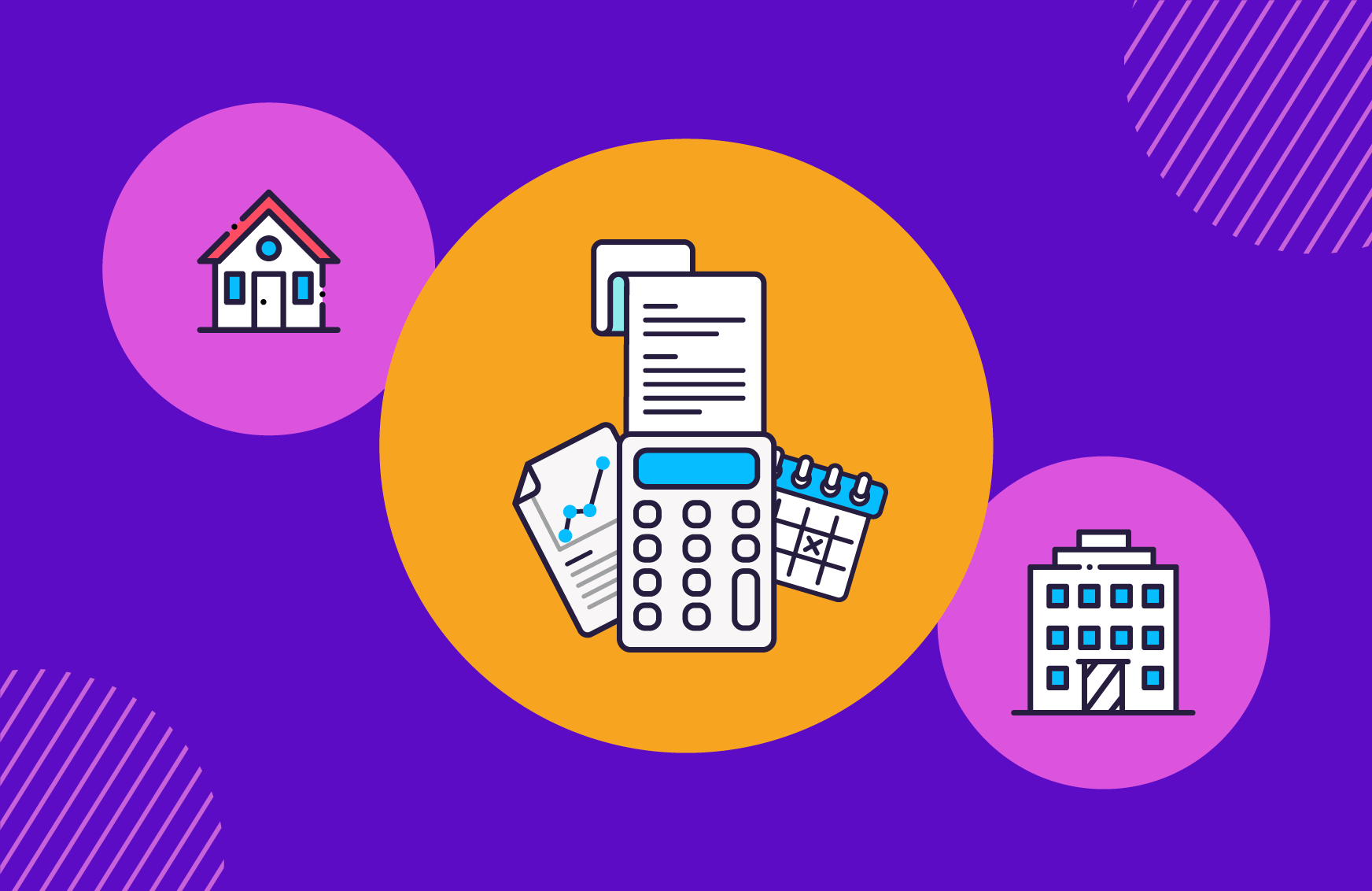10 different types of invoices for freelancers and small businesses
Whether you build websites or knit blankets for a living, sending the right type of invoice makes the payment process clearer for customers. It also makes sure you follow good invoicing practice, which all successful freelancers and small businesses do to make sure they’re paid in full and on time.
You might only need to send one type of invoice throughout your career. However, as soon as VAT, prepayment, expenses, and retainers are introduced, it can get complicated! Thankfully, there are only 10 different types of invoices you need to keep at the top of your list as a freelancer or small business - and they’re all pretty easy to understand.
1. Sales invoice (standard invoice)
Sales invoices are bread and butter for freelancers and many small businesses. They list all the items or services provided, and the amount the buyer owes you. Simple as that.
2. VAT invoice
If you’re registered for VAT, your invoices will include the VAT your customers pay, on top of the goods and services.
3. Past due invoice
If an invoice isn’t paid on time, you can resend it with a past due stamp. This lets your client know that the invoice needs to be paid as soon as possible.. It’s even easier to chase clients and customers for payment with automated invoice reminders with Solna. Our tool chases late payments for you, so you don’t have to.
4. Credit invoice
Credit invoices show an amount the seller owes the buyer - they’re usually distinguished by having a negative figure, such as -£50. You would typically issue a credit invoice for a refund.
5. Prepayment invoice
If you accept half payment or a deposit up front, you’ll need to send out a prepayment invoice. This is common for large jobs that involve some upfront investment on the part of the freelancer or business owner.
6. Recurring invoice
If some of your customers pay you the same amount for repeat work, you can save time by issuing recurring invoices. The customer will be charged automatically, and you don’t have to send anything manually.
7. Timesheet invoice
Timesheet invoices record the hours worked during a project and attaches an invoice for payment. The client can see how long has been spent on a particular job, rather than receiving one fixed price.
8. Pro forma invoice
Pro forma invoices are estimates, usually sent when the final price could change. They’re traditionally sent by the seller to the buyer in advance of work or delivery of goods.
9. Purchase order invoice
A purchase order authorises a purchase. For example, a company might send a freelancer a PO before the freelancer sends the sales invoice, depending on the system they use.
10. Commercial invoice
A commercial invoice is used to import and export goods over borders. They help the relevant authorities check the value of goods and add the correct excise duties and taxes. Online sellers use these when shipping products overseas.
Whatever business you’re in - send smart, professional invoices
First impressions count, and ugly or complicated invoices can turn customers away and delay payment.
Create beautiful, professional invoices with Solna. We’ve developed a range of perfectly structured templates to customise and make your own. It’s completely free too. Did we mention that?
Do more of what you love and less of what you don’t. Get started now.








